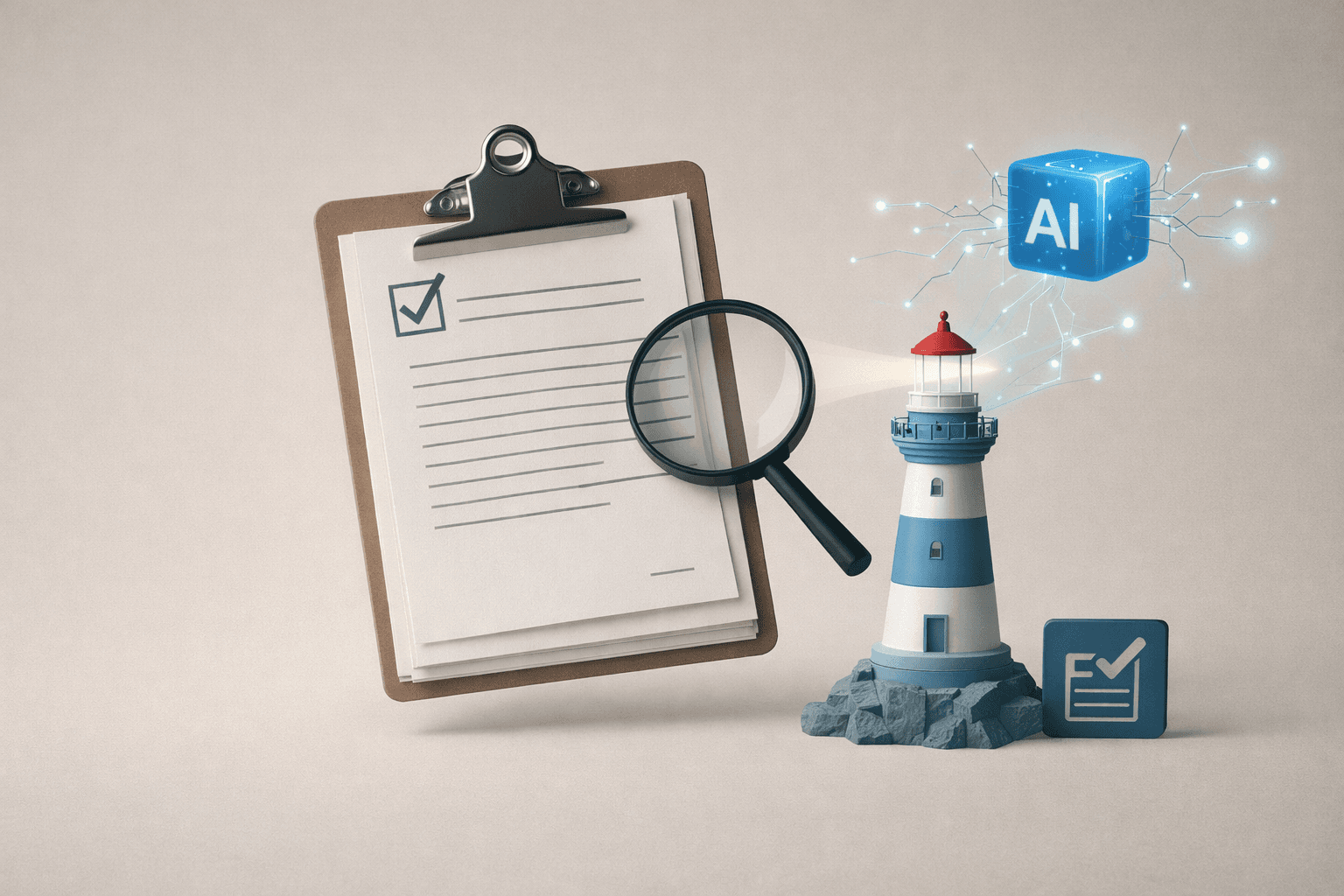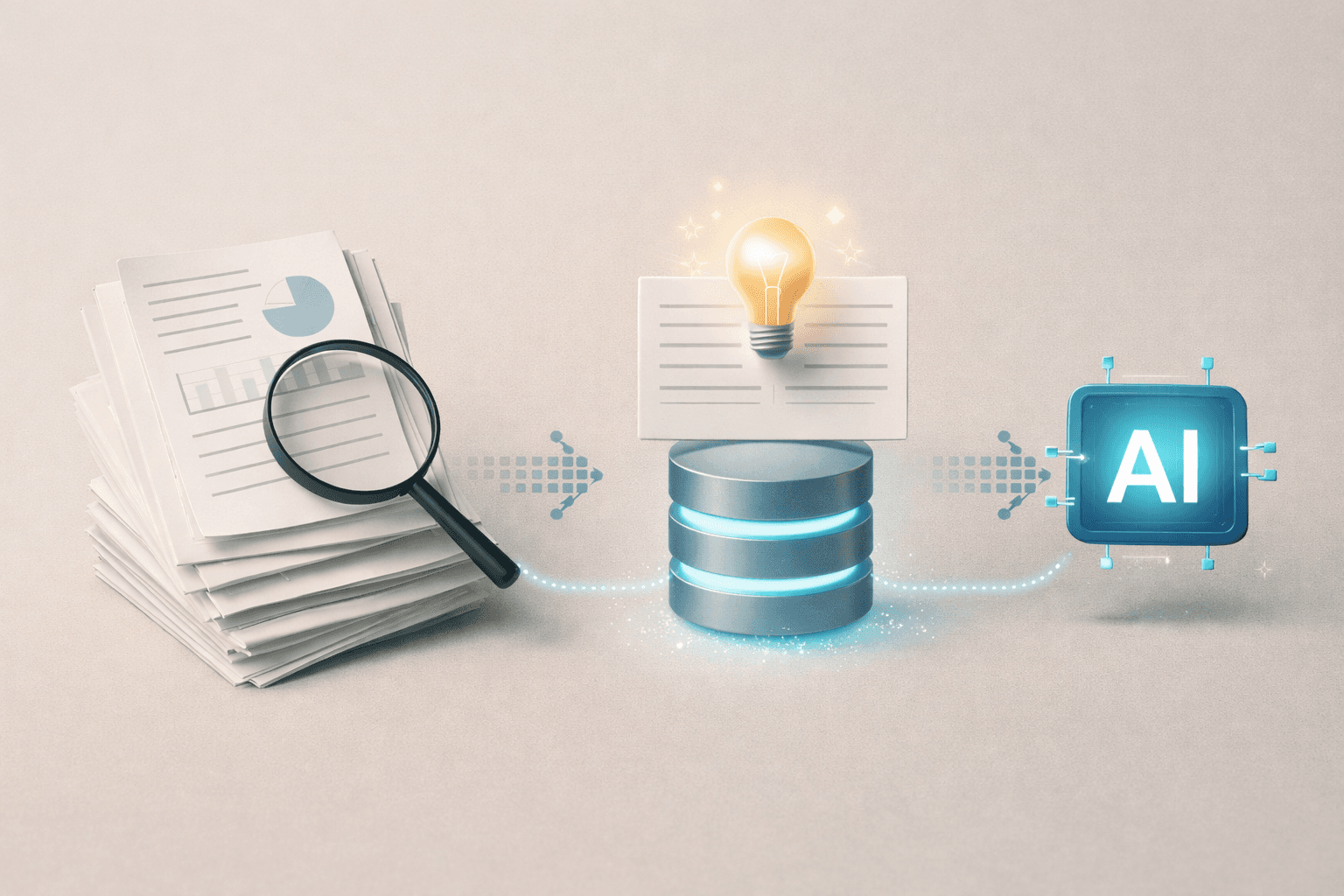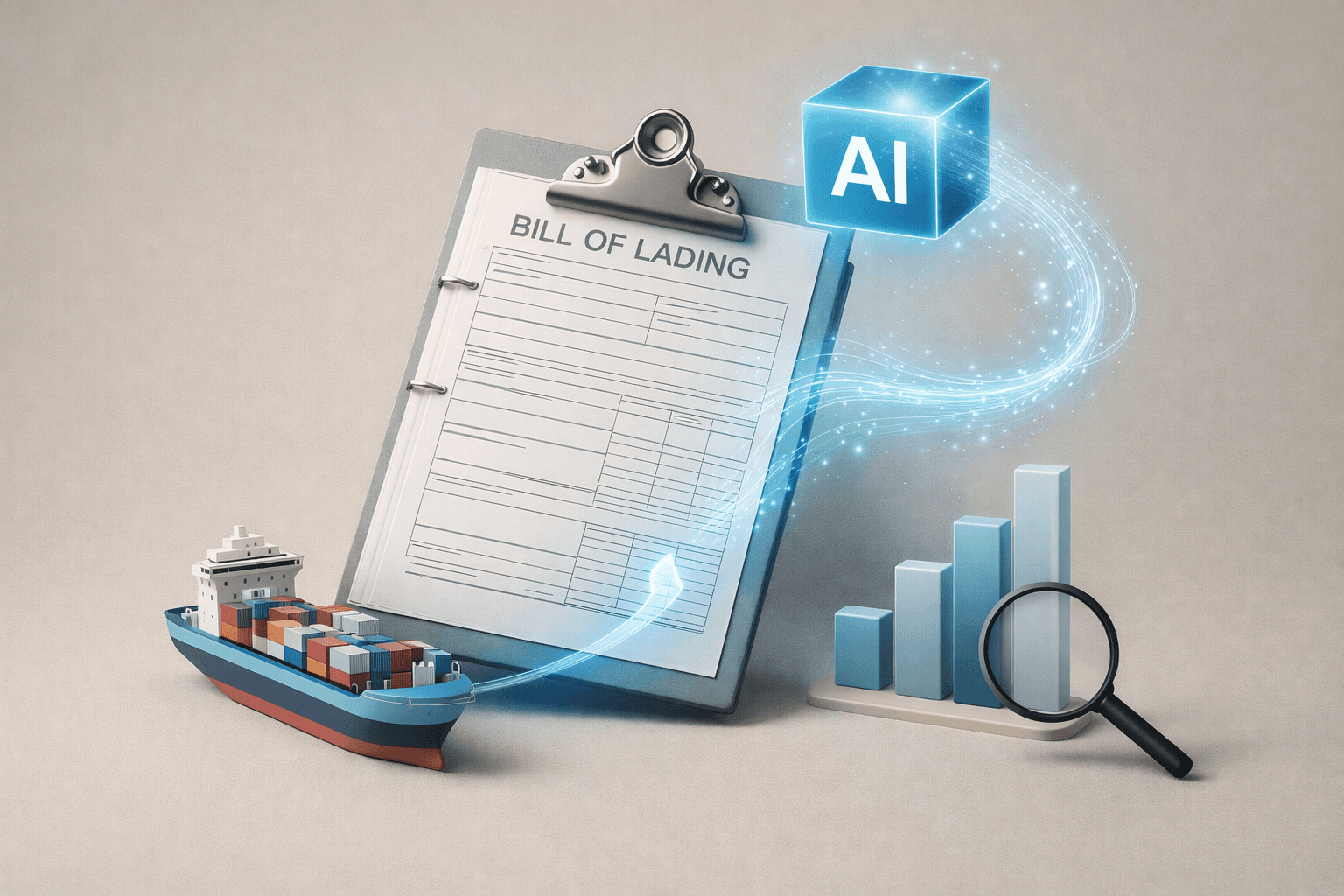Insight
Rethinking Document Navigation: How PDF Search + Highlighting Transforms Information Access
Sep 23, 2025
Why PDF Search and Highlighting Matter More Than Ever
As Documents Grow, 'Finding' Becomes the Biggest Productivity Bottleneck
With organizations accelerating digital transformation, the accumulation of unstructured documents—especially PDFs—has exploded. Documents now number in the hundreds of thousands, and for users, the key challenge isn't reading them all, but finding what matters quickly. Technical manuals, contracts, and regulatory documents are long, complex, and dense. Reaching the right information can take hours, directly impacting team productivity and decision speed.
Basic Search Alone Fails to Surface What’s Important
Traditional keyword-based search merely confirms whether a term exists—it doesn't tell you how relevant or meaningful it is in context. Users are forced to run the same search across multiple documents, scroll through each file, and manually interpret the results. This repetitive loop causes serious inefficiencies—especially for legal, research, and audit teams who depend on exact information.
Highlighting Boosts Retrieval, Collaboration, and Comprehension
Highlighting isn't just a visual cue—it becomes an information signal. It helps users immediately spot patterns, group relevant sections, and focus on what's critical. When highlights are shared across teams, they become reference anchors for collaborative feedback and review. Even better, they can serve as input for automated report generation or downstream workflows.
Limitations of Traditional Search Tools
Rigid Word-Match Search Structures
Most document viewers only support literal keyword match. They can't infer synonyms, related concepts, or contextual relevance. For instance, “contract termination” and “expiration clause” might mean the same thing, but basic search will miss this nuance—leading to false negatives.
Redundant Search and Scroll Fatigue
Repeated use of 'Find Next' or manually opening dozens of documents wastes time and mental energy. In long files or when reviewing multiple PDFs, user focus drops and information can easily be missed. This is both inefficient and error-prone.
Format and Structure Sensitivity
Scanned PDFs without OCR are simply unsearchable. Layout-heavy files like newsletters or reports with complex columns can confuse coordinate mapping. Even supported formats may produce poor results when document structure isn’t well defined.
How Highlighting Transforms the Document Experience
Real-Time Highlighting Within the Document Body
Modern document AI systems don’t just return search results in a list—they pinpoint and highlight the relevant text directly in the document. Users can instantly see keyword distribution and jump to the context without repeated navigation.
Highlight by Section, Paragraph, or Thematic Area
When highlights are sorted by document structure—chapter, section, clause—users gain clarity on how information is organized. A structured overview shows where critical terms appear and how they relate to the overall argument or decision logic.
Multi-Keyword Highlighting with Visual Grouping
With color-coded tags, users can define multiple keyword groups (e.g., "Risk", "Authority", "Compliance") and see each category at a glance. This builds an intuitive visual map of document themes and helps segment content by purpose or concern.
Behind the Tech: How It Works

Highlight Rendering via Text Coordinate Mapping
To apply highlights, systems extract text and map its position on the PDF page. Handling multi-column text, rotated fonts, or layered content requires precision.
Semantic Search and Keyword Expansion
To go beyond simple keyword match, AI models use sentence embeddings to find semantic similarity between queries and content. This also allows automatic expansion to related terms using thesaurus resources or LLM-driven inference.
Metadata for Persistent, Collaborative Highlighting
Highlights are not just visual—they carry metadata like location, author, timestamp, note, and keyword group. These can be stored in formats like JSON, making them portable across systems, usable for version tracking, audits, or content reuse.
What Wissly Offers in Search + Highlighting
Full Format Coverage with OCR & Realtime Rendering
Wissly supports PDFs, DOCX, PPT, TXT, HTML and scanned PDFs with integrated OCR. Highlights render in real-time and are fully interactive.
RAG-Powered Answers With Source Highlighting
Using Retrieval-Augmented Generation (RAG), Wissly doesn’t just answer your question—it highlights the source sentence within the document. This offers transparent, explainable AI responses that you can trust.
Structured Summary of Highlights
Wissly extracts highlighted sentences and reorders them by chapter, topic, or keyword group. Users can quickly skim all relevant content without scanning the full document.
Collaboration-Ready Highlighting and Version Tracking
Highlights can be saved per user, shared with teams, and include comment threads. Version control tracks edits and provides an audit-friendly log of document review history.
Practical Use Cases
Researchers: Literature Review and Citation Mapping
Upload dozens of papers, extract definitions, citations, or conditional phrases around your topic, and highlight them to visualize semantic relationships across the corpus.
Legal Teams: Clause Comparison and Policy Compliance
Auto-highlight specific contract clauses across documents and compare deviations from internal standards. Flag risky language and prepare pre-reviewed versions before compliance review.
Document Managers: Policy Keyword Extraction and Reporting
Aggregate highlights across hundreds of policy documents for terms like “encryption”, “privileges”, and “retention”. Output these as reports or training materials for stakeholders.
Content Teams: Extract Key Paragraphs for Repurposing
Reuse previously written manuals, guides, or FAQs by highlighting the most important content and exporting to blog posts, onboarding slides, or user-facing knowledge bases.

Conclusion: Don’t Just Read—Navigate
Modern document workflows aren’t about reading every word—they’re about zeroing in on the right information at the right time. Search + highlighting is the foundation of this new paradigm.
Wissly transforms static documents into living knowledge. With smart highlighting and semantic search, you’ll never waste time scrolling aimlessly again. Discover what smart document navigation really looks like—starting today.
Recommended Content










